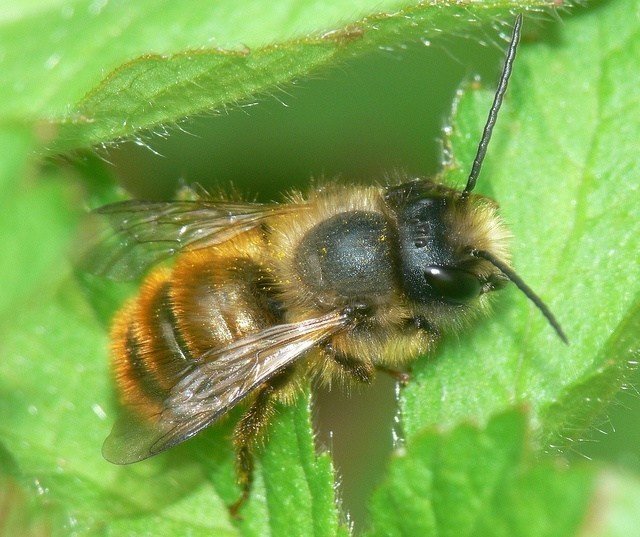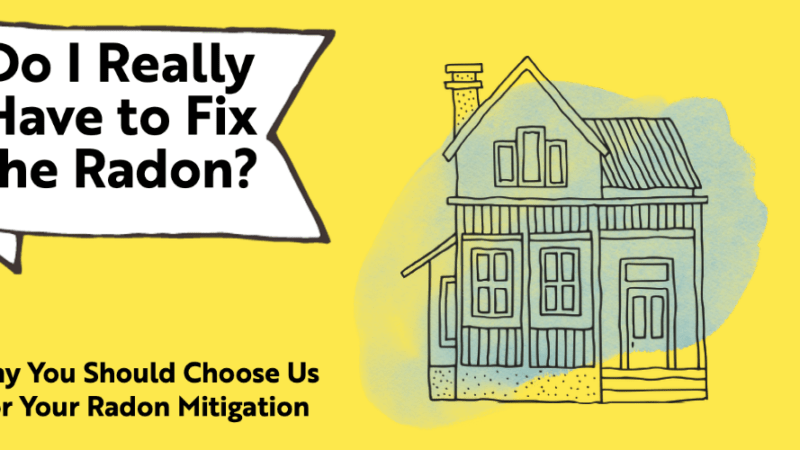Mason Bees

Here’s a question for you?
What do the flowers alyssum, aster, bee balm, black-eyed susan, daisy, clover, poppy and echinacea all have in common? The answer – bees love and thrive off these flowers and blossoms.
Bees are pollinators. It stands to reason that with declining population due to loss of habitat, plants and persistent spraying of fertilizers and chemicals, our pollinators should be top of mind as the cherry, peach and apple trees blossom and summer flowers, fruits and vegetables make their appearance. Bees are important, and we are urged and invited to keep them in mind as we plant our gardens.
And what part do mason bees play? There are about 140 species that are found across Canada. Whilst mason bees do not produce honey, they are important pollinators. They do not hive as honey bees do – rather as solitary bees, they lay their eggs in nests out of long narrow spaces in plants with hollows, holes made by woodpeckers, and beetle tunnels.
The nests are made of mud and chewed leaf refuse. Their eggs live in their cells as they change from pupae, spinning cocoons and feeding off the food within the cells through the autumn and winter and finally emerge with the warmth of spring.
Mason bees feed on pollen and nectar and love purple, blue and yellow flowers – dandelions included. If you would like to find out more about the flowers and trees that support mason bees thriving please visit rentmasonbees.com. They tend to stay close to the ground where you will find their nests. They are harmless and do not sting.
Making a mason bee home is a fun project for you and your family. Your children will learn a lot just by observing the habits of the mason bee. Hollowed out bamboo shoots make a good home; wooden blocks and some recommend paper lined cardboard tubes as well. A warning here though that wasps could work their way through the paper and set up their own hives. Other types of recyclable nesting boxes can be purchased online. They should be easy to take apart and clean and dry thoroughly and very carefully, ensuring the safety of the eggs in order to clear away mites, parasites and other infectious risks to the colony.
The ideal location for mason nests is facing the south so they can warm themselves before flight as temperatures start to rise. Position this not more than a couple of hundred feet from their food source. Females also require a source of mud – open ground – to gather mud for their eggs.
As mason bees only live 10 to 12 weeks, it’s important that you are educated on how best to look after and serve these invaluable little creatures, while they serve you in your garden as effective workers and vitally important pollinators.








